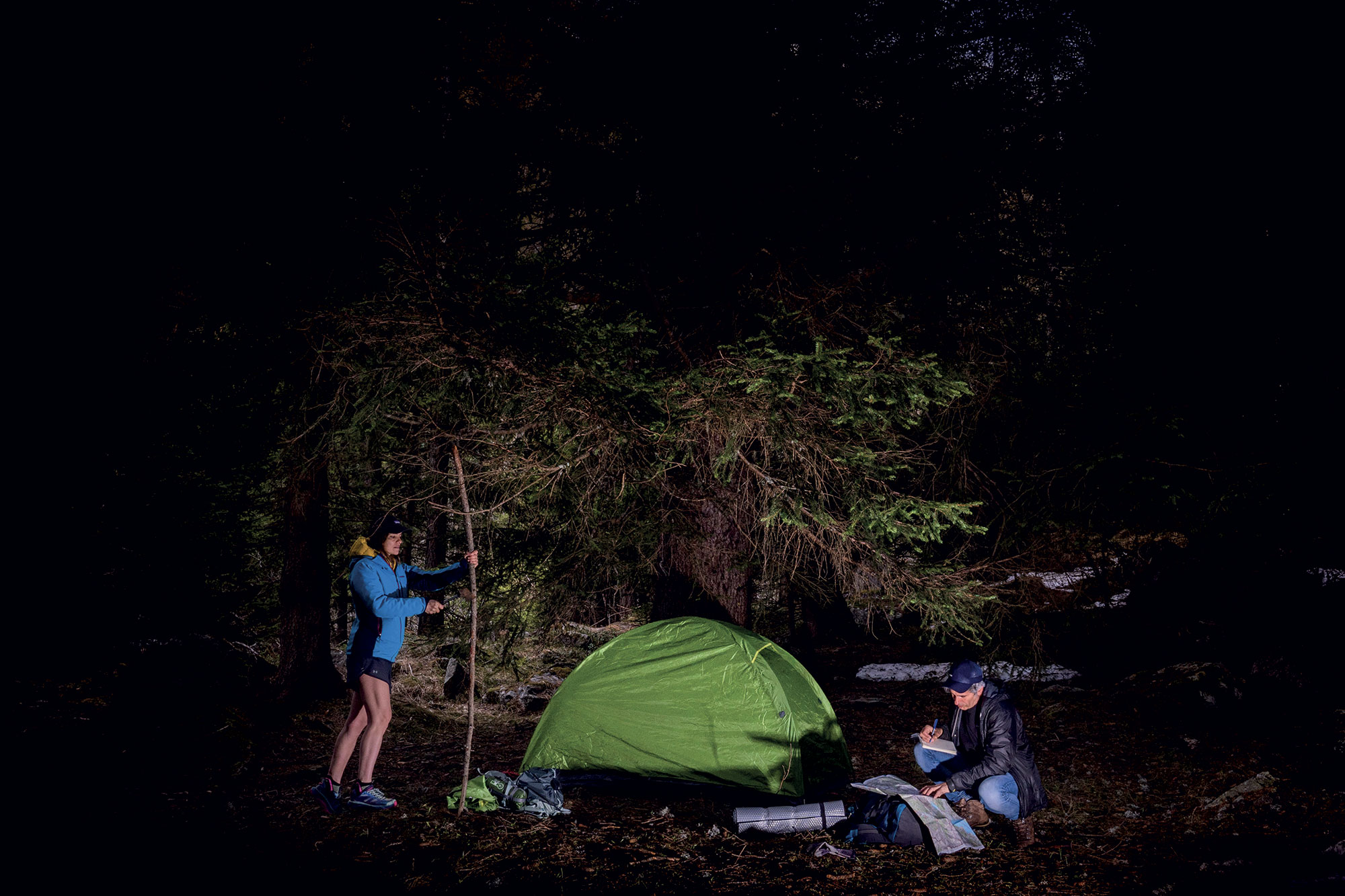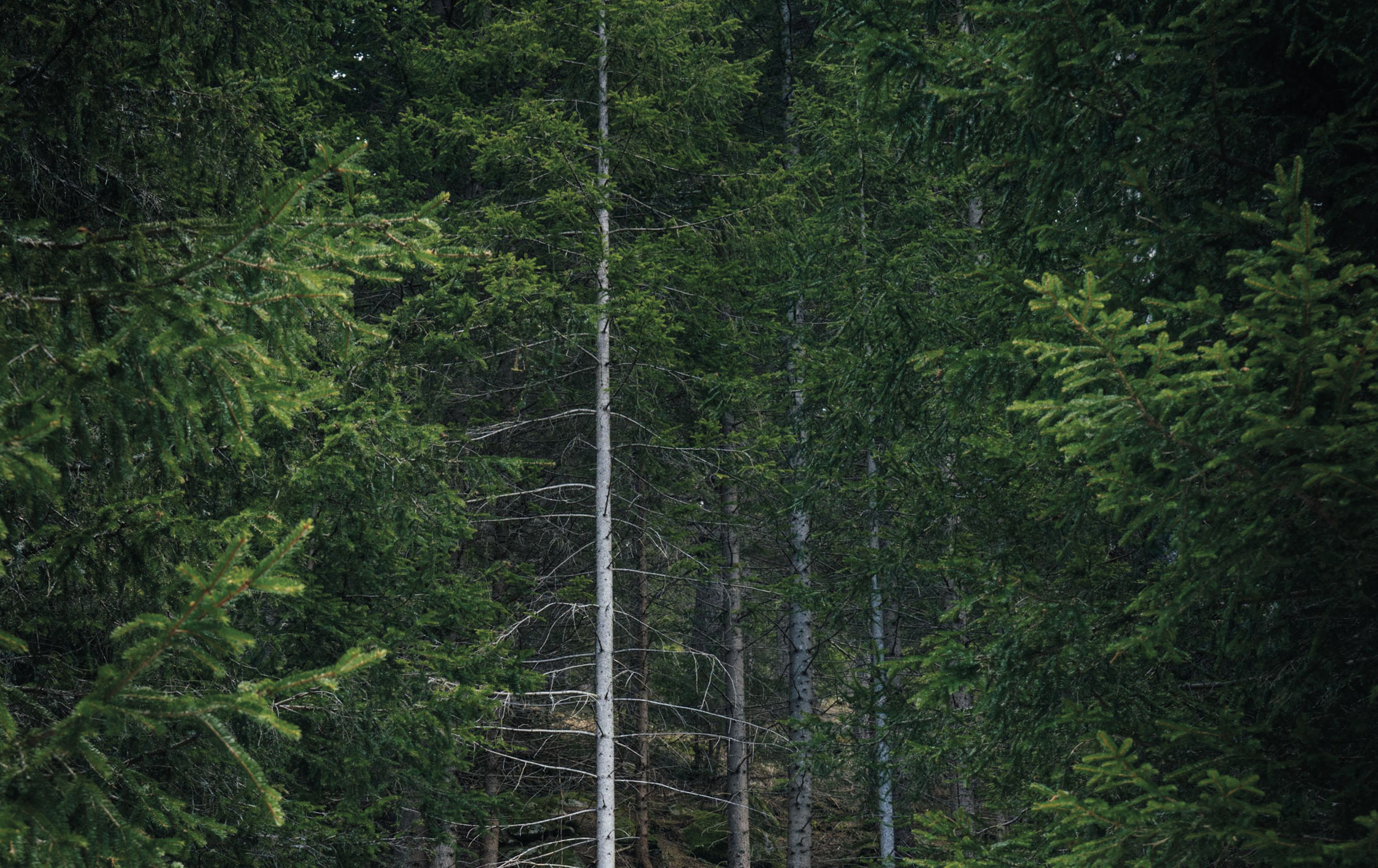
The outdoors through different eyes: the temperate forest
Entering a habitat can turn into an exciting adventure of knowledge, comparison, learning and contemplation if you have some notions that can make your observation more analytical. Every single element that makes up what surrounds us in a natural environment, and which we have often taken for granted during our hikes, climbs, ski runs and walks in nature, if we focus our optical zoom on single details, it can become a source of in-depth study in many areas such as ecology, geography, geology, botany, zoology and so on. In short, outdoor sports can not only keep us fit and feed our sporting passions but also give us many good visual stimuli to intrigue us and possibly bring us closer to a greater understanding of the world and enrich our knowledge.
So today I would like to tell to you about one of my favorite habitats, the “temperate forest”, talking about its main features, hoping that the information I will give you will help you wander among its green intrigues, with attentive and curious eyes, during the next walk, descent or approach to the wall you want to climb.
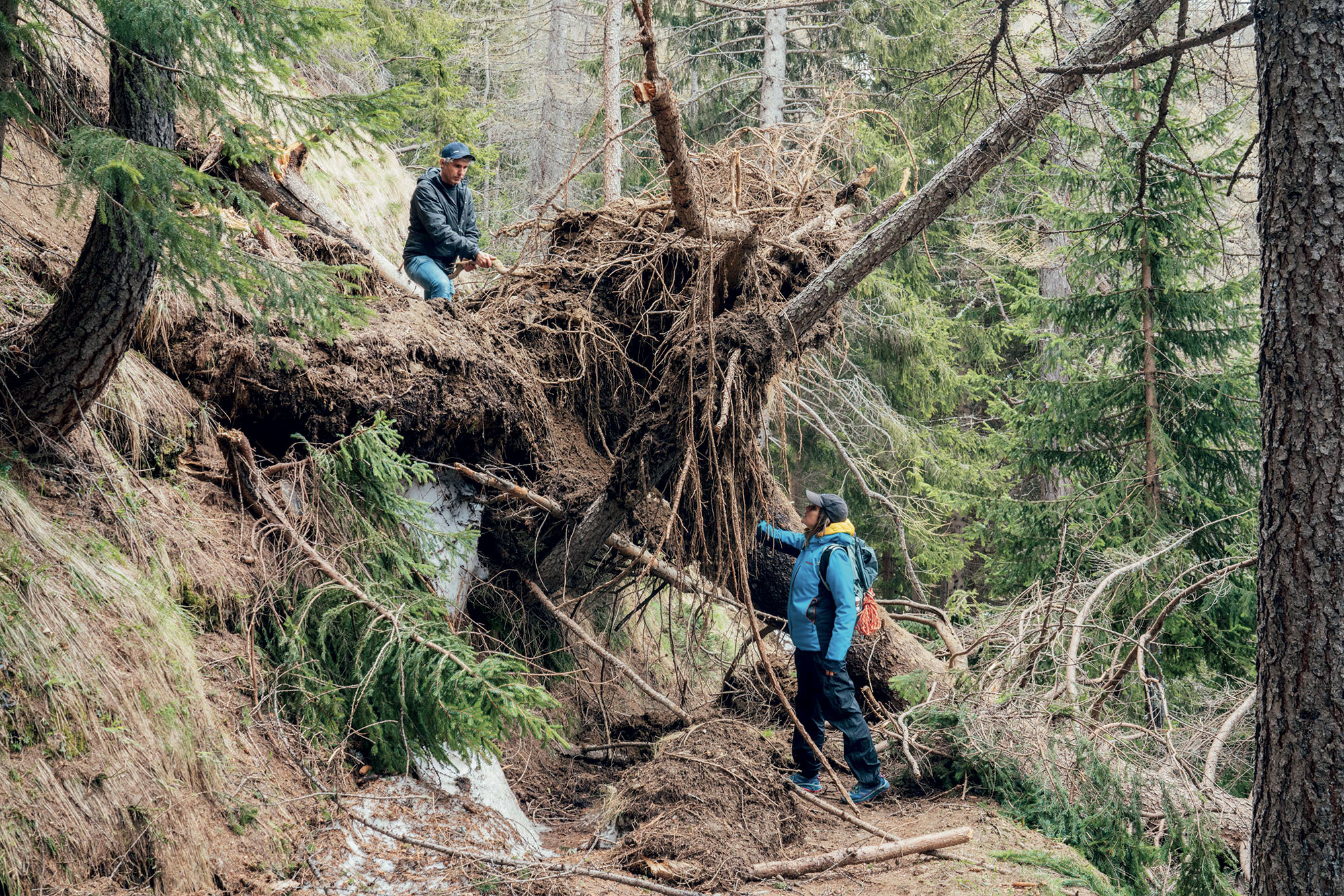
The word forest indicates a large area of land covered with various tree species that develop spontaneously and whose growth is not controlled by men. To differentiate a forest from a wood is precisely this latter characteristic, in addition to the extension (greater in a forest) and the vegetation (more varied and uncontrolled). A land subject to forestry, therefore, is defined as wood (coppice or high forest), while when it is in its wild form it is called forest.
About 22% of the earth’s surface is covered by forests, 15% of which is represented by the temperate forest that, when composed of deciduous trees, is characterized by uniform and abundant rainfall. Deciduous temperate forests are widespread almost exclusively in the northern hemisphere and can be divided into three main zones: the European zone, which extends from the British Isles to France and throughout central and eastern Europe, up to the Ural mountains. The one of East Asia, which is widespread in the Russian Far East, in Manchuria, Korea and Japan, and finally the temperate forest of North America, which occupies a large part of the area between the Great Lakes, the Atlantic Ocean and, to the south, the Gulf of Mexico.
Although separated by thousands of kilometers, these deciduous forests are similar to each other, not only in appearance, but also in the species of plants that compose them.
The temperate forest has only two layers of vegetation: the tree layer, which is generally no more than 15-30 meters high, and, below this area, a layer of shrubs and smaller trees, 5-10 meters high. The light that reaches the ground, therefore, is greater than the of the tropical forest for example, and consequently the flora on the ground is very luxuriant. The even higher brightness in the spring season, when the undergrowth is already in the vegetative phase, while the trees are still bare, allows many species that live on the ground to grow, bloom and bear fruit before mid summer. Subsequently, when trees create constant shaded areas, shade plants (those that prefer constant shade) grow, because they’re capable of capturing low intensity light and surviving even when the foliage completely covers the ground below.
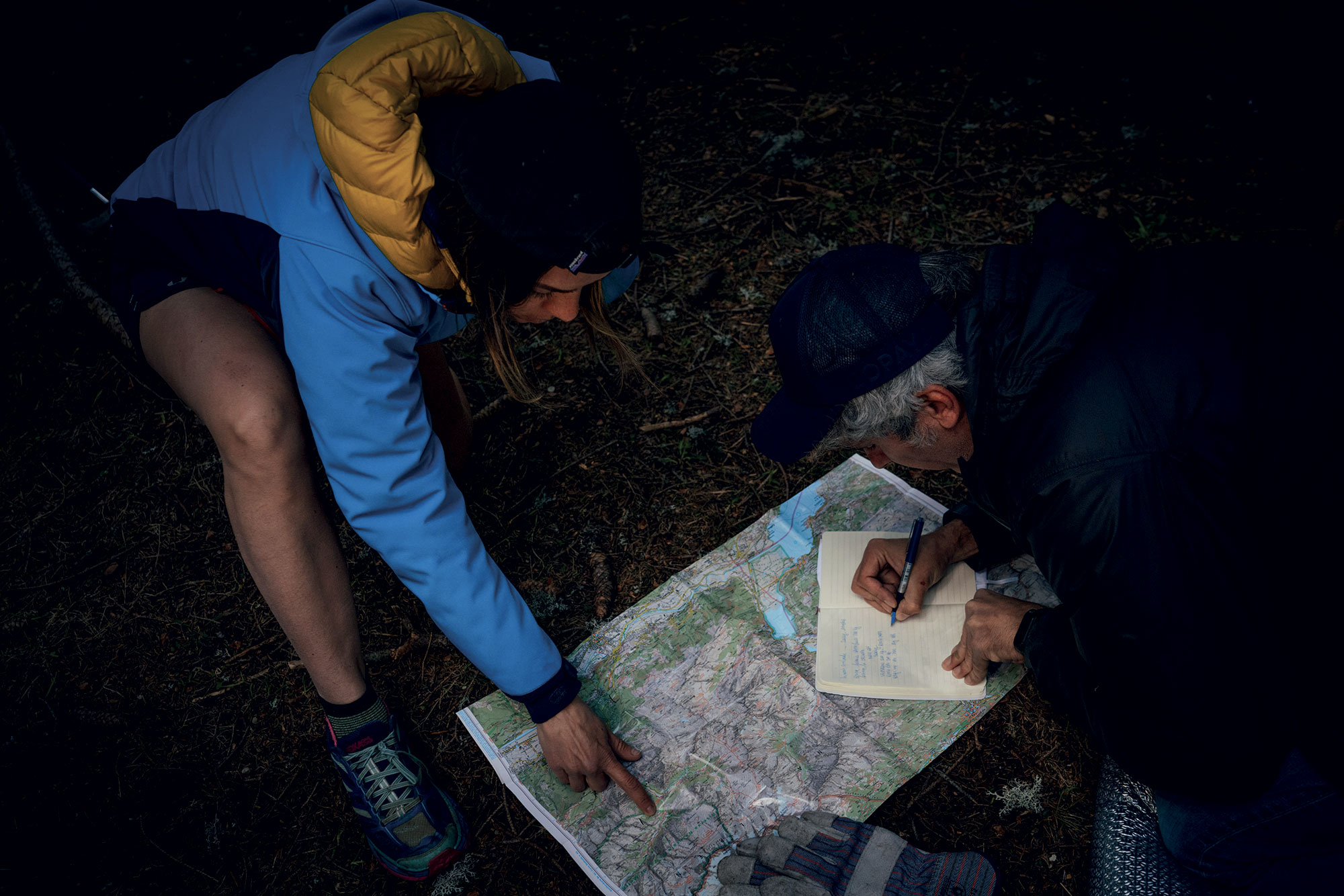
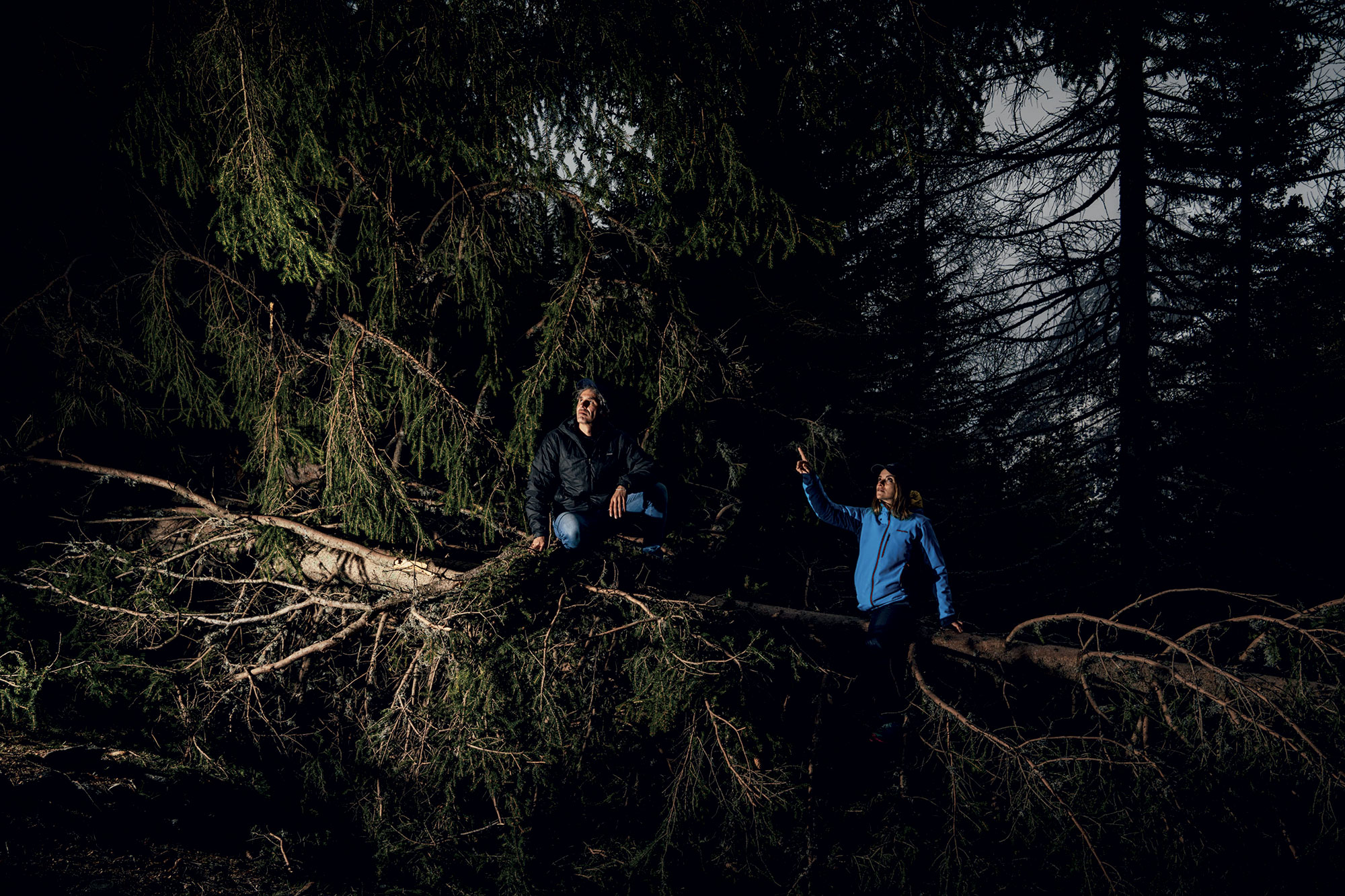
In the temperate forest, the average temperature varies from about 10 to 18°C and annual rainfall from 700 to 1550mm. The soil, having a very developed and deep undergrowth, is usually very rich in humus. The fauna that lives in this habitat is very varied and among the mammals, depending on the area, we can find wild boars, squirrels, macaques (but only on the Atlas, a mountain range in northwestern Africa, Middle East and Asia), bears, many small rodents, deer, fallow deer, hares, rabbits, many species of birds, predators, including wolves, foxes and lynxes and, from the Anatolian peninsula to Pakistan, leopards and tigers (which we can found also in Manchuria and in south-eastern Siberia), badgers, stone martens, otters and skunks.
Nothing could be easier than finding traces of the presence of animals in a forest, for example, in Italy we have squirrels or other small rodents. One of the luckiest places for this type of observation is the base of coniferous trees, especially spruce. If we find pine cones completely bare and chewed we can imagine that it is the work of a rodent. If the pine cone is completely bare, except for a tuft on top, and is neatly chewed, it will surely be the work of a mouse. If, on the other hand, it does not have the upper tuft and is chewed in a disordered way, then we can confidently say that it was a squirrel. Recognizing animal feces and footprints on the snow is also a good way to observe the life of fauna in the forest: the shape and content of feces (seeds, hair, bones, etc.), for example, can help us identify the animal that produced them and therefore deduce its presence or passage.
Tree species are very diversified, even if the trees of the Fagales order prevail (such as oaks, chestnuts, beeches, hornbeams) while the undergrowth is mainly composed of herbs and shrubs of the Rosaceae family, such as wild roses, raspberries, blackberries and strawberries. From this we can easily deduce that the temperate forest produces abundant edible fruits (beeches, chestnuts, acorns, small fruits, rose hips, etc.). But one of the strangest ingredients that can be obtained from the temperate forest and which I want to talk about today, is certainly the inner bark of a tree. Trees have an outer bark and an inner bark. The outer bark is the layer that protects the tree from injury. The inner bark instead carries the nourishment that is produced through the leaves to branches, trunk and roots. Collecting the inner bark involves engraving the tree with a knife and cutting nodes. For this reason, this operation must only be done on trees that have already fallen or downed by forestry authorities.
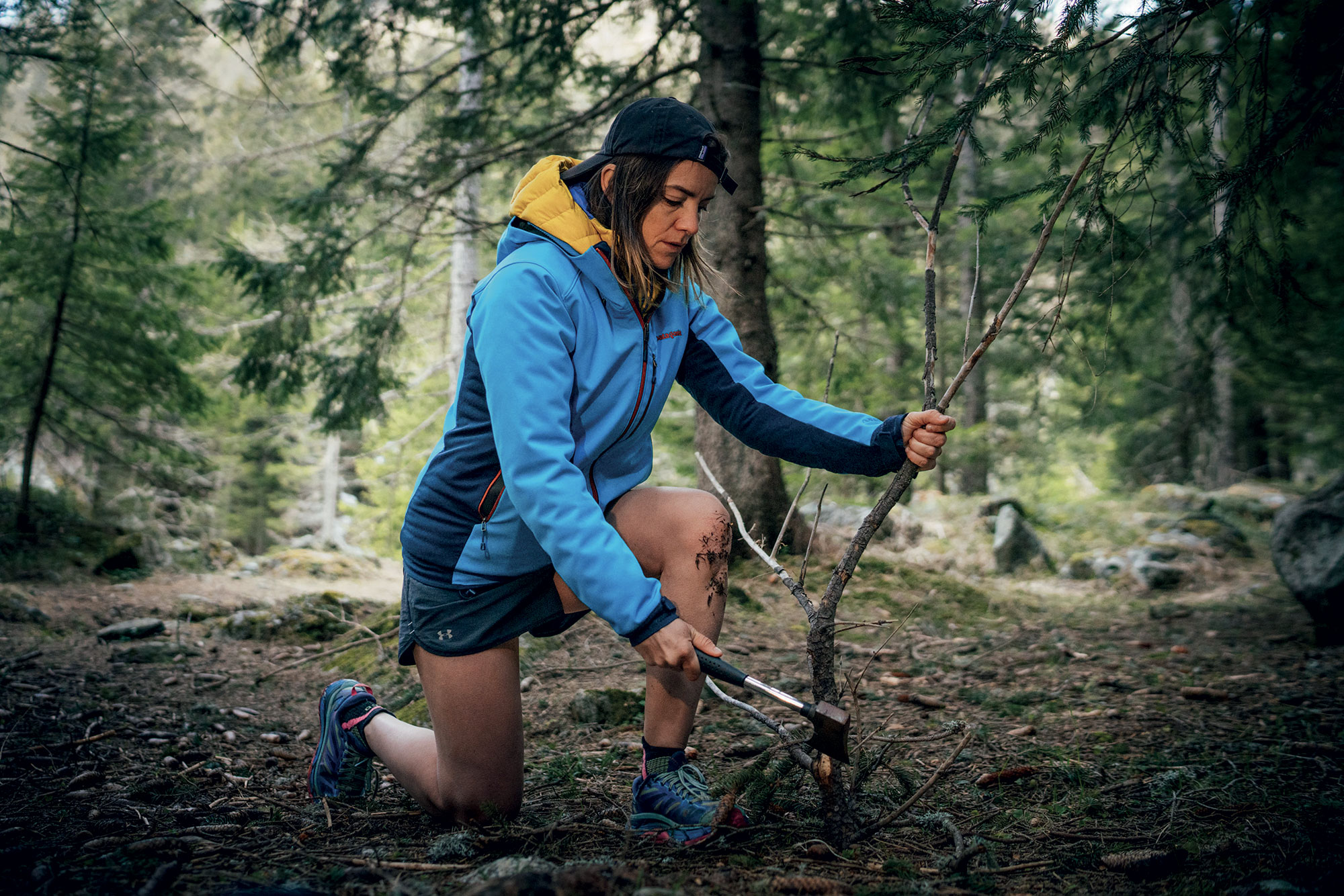
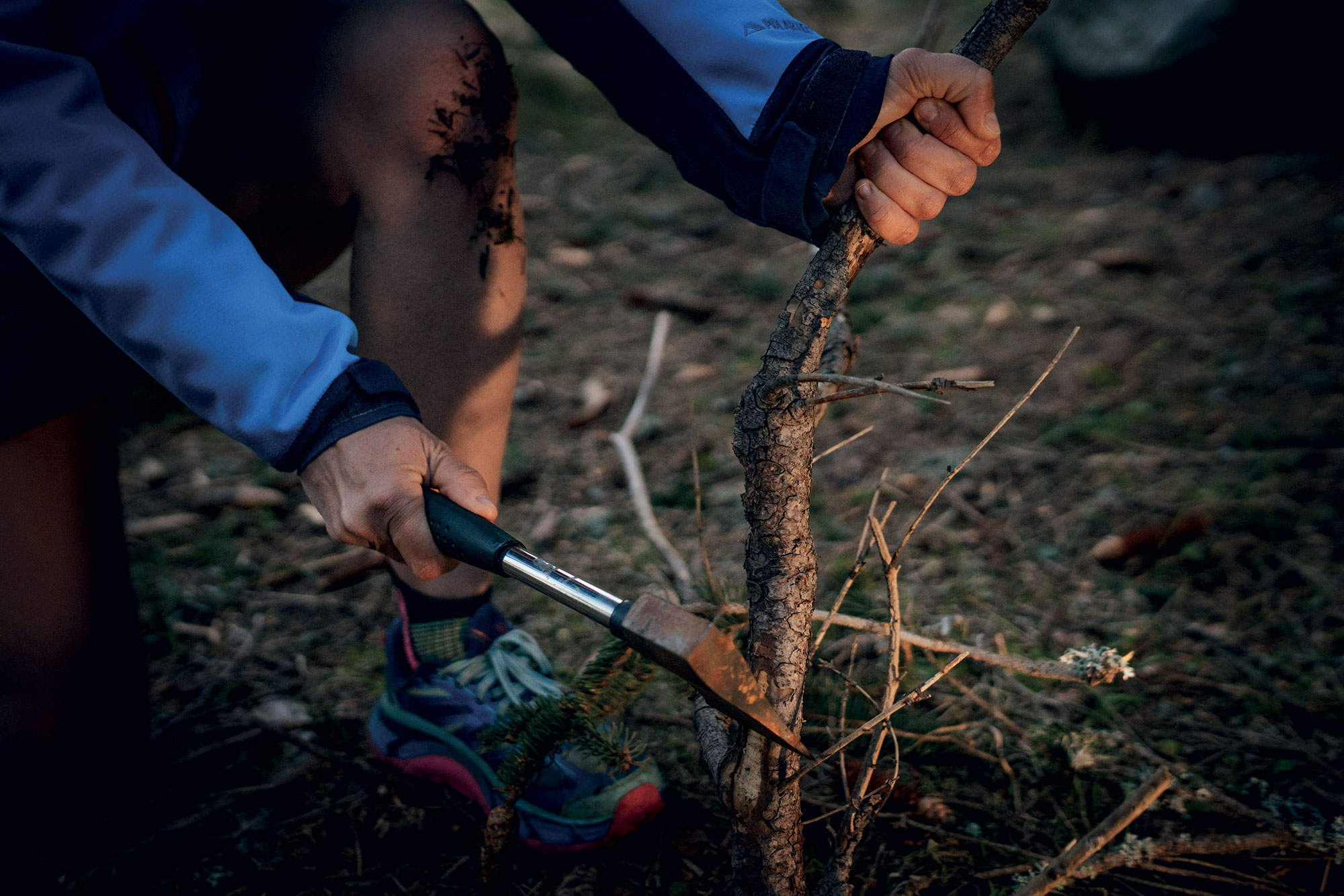
In fact, engraving the bark of a living tree would coincide with a destructive action that would inevitably lead to its death and following this rule becomes truly mandatory. I learned to consider the possibility of using this particular ingredient when I was very young, perhaps a little girl, by observing the people around me. At first it seemed almost like a game, a way to bring elements that I found out there, my favorite place, into my games as a child. Growing up and becoming passionate about cooking, ethnobotany and everything that later constituted my work, I really deepened this knowledge and the use of the inner bark, experimenting with traditional uses and using it in a more contemporary way.
Once the inner bark of edible trees, the only part of the trunk that we can assimilate as it is not composed of cellulose, was used to realize a subsistence flour that involved grinding together with other more usual ingredients (such as wheat, corn or other cereals) wild and very nutritious ingredients suitable for human nourishment. To collect the inner bark, you have to engrave the trunk of the tree, fallen or downed by forestry authorities for no more than 8 weeks, superficially creating a form of tape which is then torn off taking away the inner and outer bark of the tree. For this reason, I repeat for scruple, this operation must be done only on trees already fallen or downed. The inner bark can then be dried at a low temperature, ground into flour and used as food. There are many trees whose bark can be used in this way, among which the most common: alder, ash, linden, beech, birch, elm, fir, maple, pine, poplar, spruce and willow. I wish you a good exploration hoping to, as far as possible, have inspired you to look at this wonderful habitat with more curiosity and respect.
